Valve announced its most recent attempt at a Steam-centered gaming console, the Steam Deck. Designed to be a handheld home for a player’s entire Steam library, the Steam Deck is a portable gaming PC resembling the Nintendo Switch. If the device is as easy to use as its website claims, only requiring a power-up and log-in for a user to play their Steam games anywhere, the Steam Deck could prove to change an entire genre of games previously tethered to a PC or laptop.
Steam is Valve’s vast games store, used almost universally for PC gaming. According to the official website, Steam currently offers over 30,000 games and hosts over 100 million users worldwide. One of the many reason for the platform’s popularity is its diversity of games, with most AAA titles available on the platform in addition to a huge selection of indie games.
The Steam Deck is not Valve’s first attempt at Steam-specific gaming machine. The Steam Machine was released in 2015 but suffered from subpar sales, though Steam fans are hopeful the Steam Deck will be more successful. Interested parties will be able to reserve their Steam Deck as of July 16 at 10 a.m. PT, and the consoles themselves will start to ship in December 2021. While more about the Steam Deck will undoubtedly be announced as its launch gets closer, there is already a slew of information about every aspect of the handheld device potential buyers could want to know.
Steam Deck Hardware
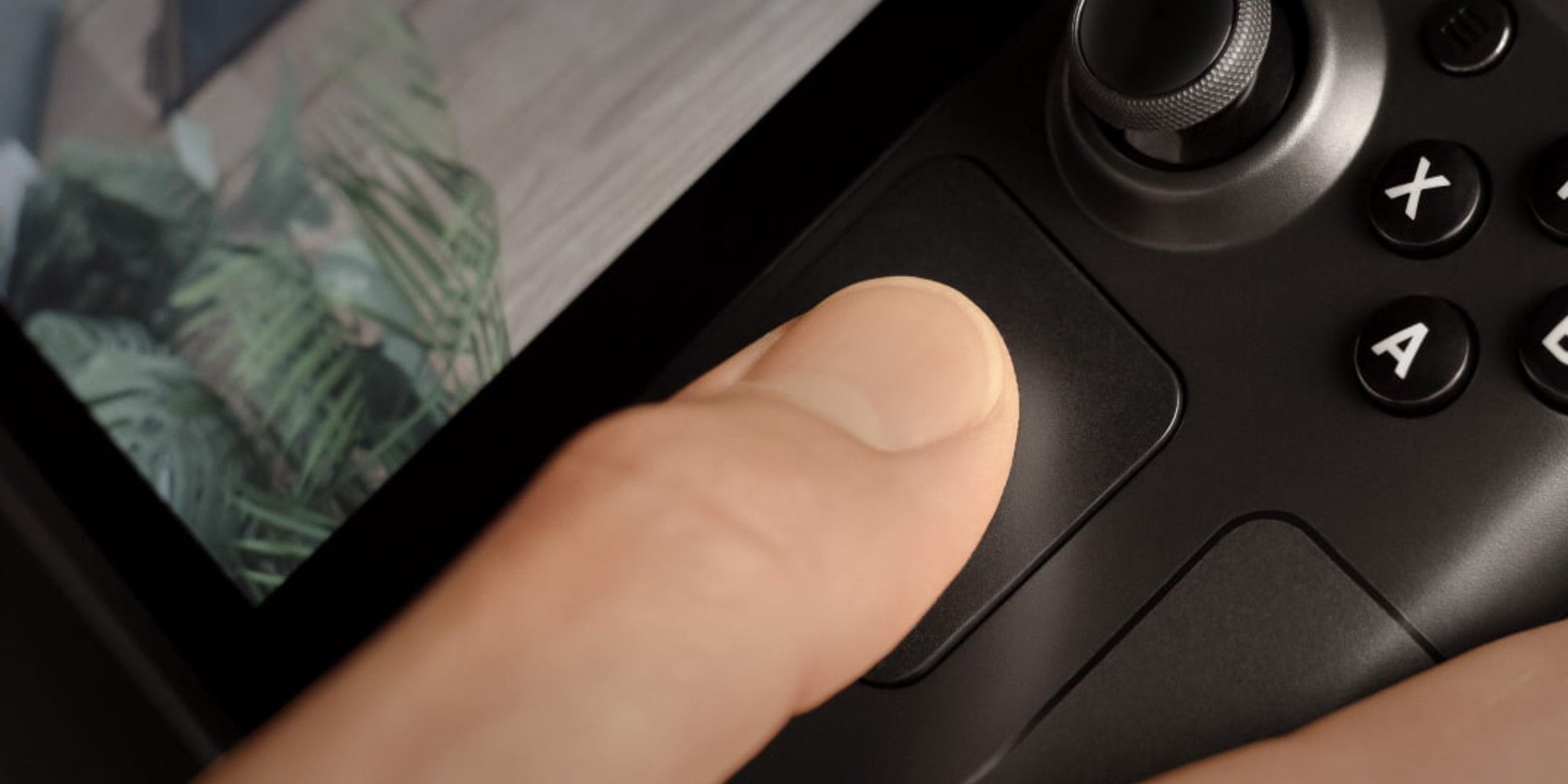
The Steam Deck is designed to resemble traditional handheld gaming devices, such as the Nintendo Switch. At first glance, it offers everything expected of a gaming controller: thumbsticks, dual triggers, and standard ABXY face buttons. However, the Steam Deck does work to stand out from competitors. It gives players the option of using traditional thumbsticks or a trackpad (presumably also used to simulate mouse movements). The controls will also be entirely customizable, allowing players to determine which features serve a specific purpose.
The Steam Deck hardware was also crafted to be both comfortable to hold for long periods of time as well as optimize gameplay. According to the website, the Steam Deck should be able to accommodate a variety of hand sizes, and the placement of its controls chosen specifically for intuitive use. Steam Deck also uses gyro technology, allowing players to physically move the device for things like aiming. Players who opt to use the trackpad will also reportedly find increased control response time compared to thumbsticks, potentially improving performance in competitive play.
The Steam Deck also has a dock, sold separately from the device itself. Though not much has been revealed about the dock yet, Valve has confirmed it will prop up the Steam Deck while it is connected to external devices, such as televisions or PC monitors, as well as charge the console and connect it to an ethernet cord instead of WiFi.
Steam Deck Software
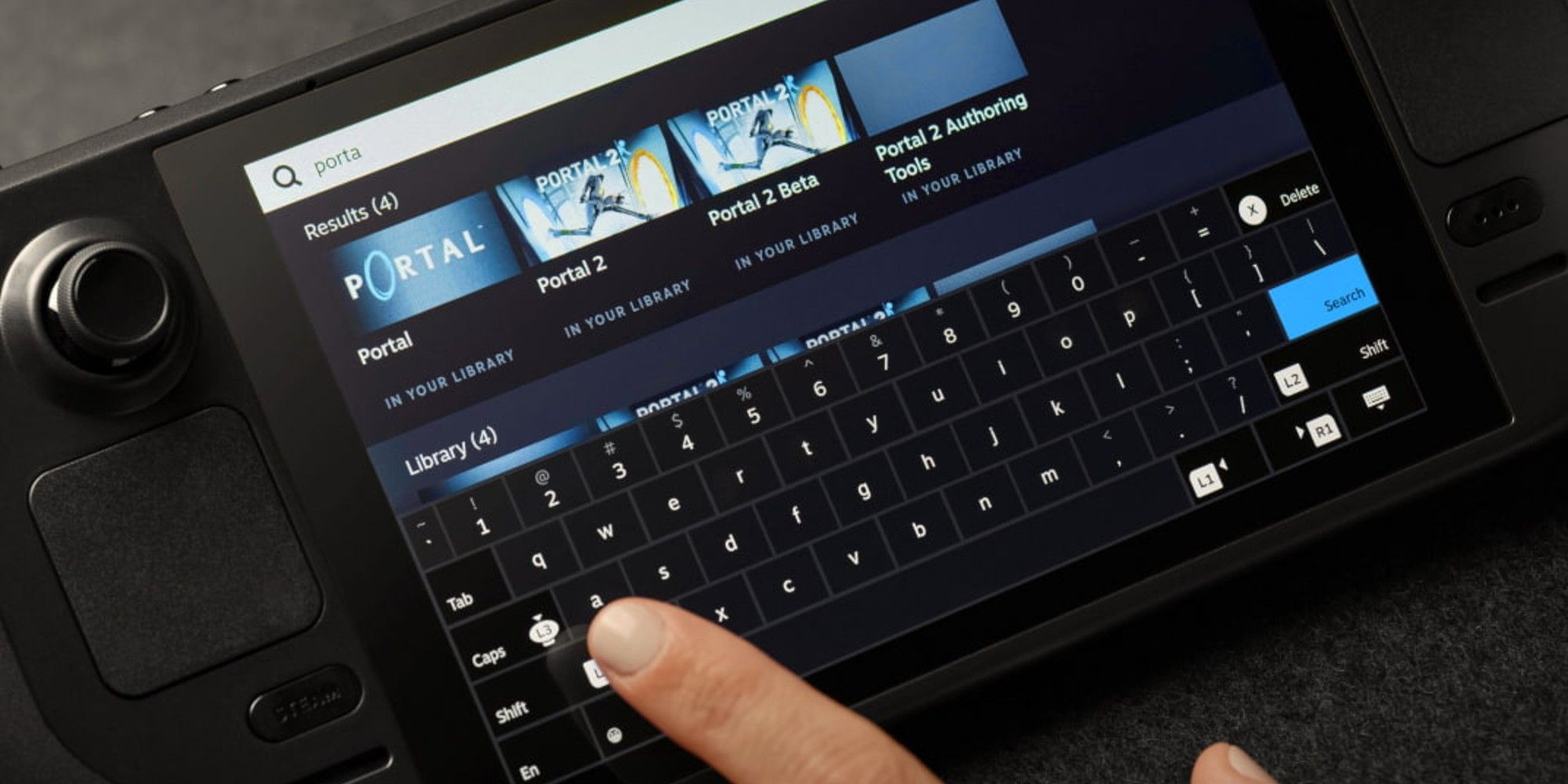
Valve designed the Steam Deck to be a streamlined conversion from a desktop PC to a handheld console. This means that the new device will be able to perform all the same functions a desktop Steam user would expect. The Steam Deck will offer notifications, Steam chat, cloud saving, remote play and, of course, store access. When players first log in, their entire Steam library and cloud saves will be available on the new platform.
Steam Deck is also aiming at easy navigation for players. A main menu is equipped with one-button access to the Steam library, store, or community, and a quick access menu gives an instant glance at notifications, time, and communications from friends. Steam Deck also offers a search function, transforming the screen into a keypad.
Those who purchase the device can expect the Steam Deck PC consoles to run on SteamOS 3.0, curated for the handheld gaming experience. The device uses Proton, technology that allows players to play games from their libraries without requiring porting from the developers. Valve is also working to improve Proton’s game compatibility, as well as improving anti-cheat software for Steam Deck.
Steam Deck Tech Specs
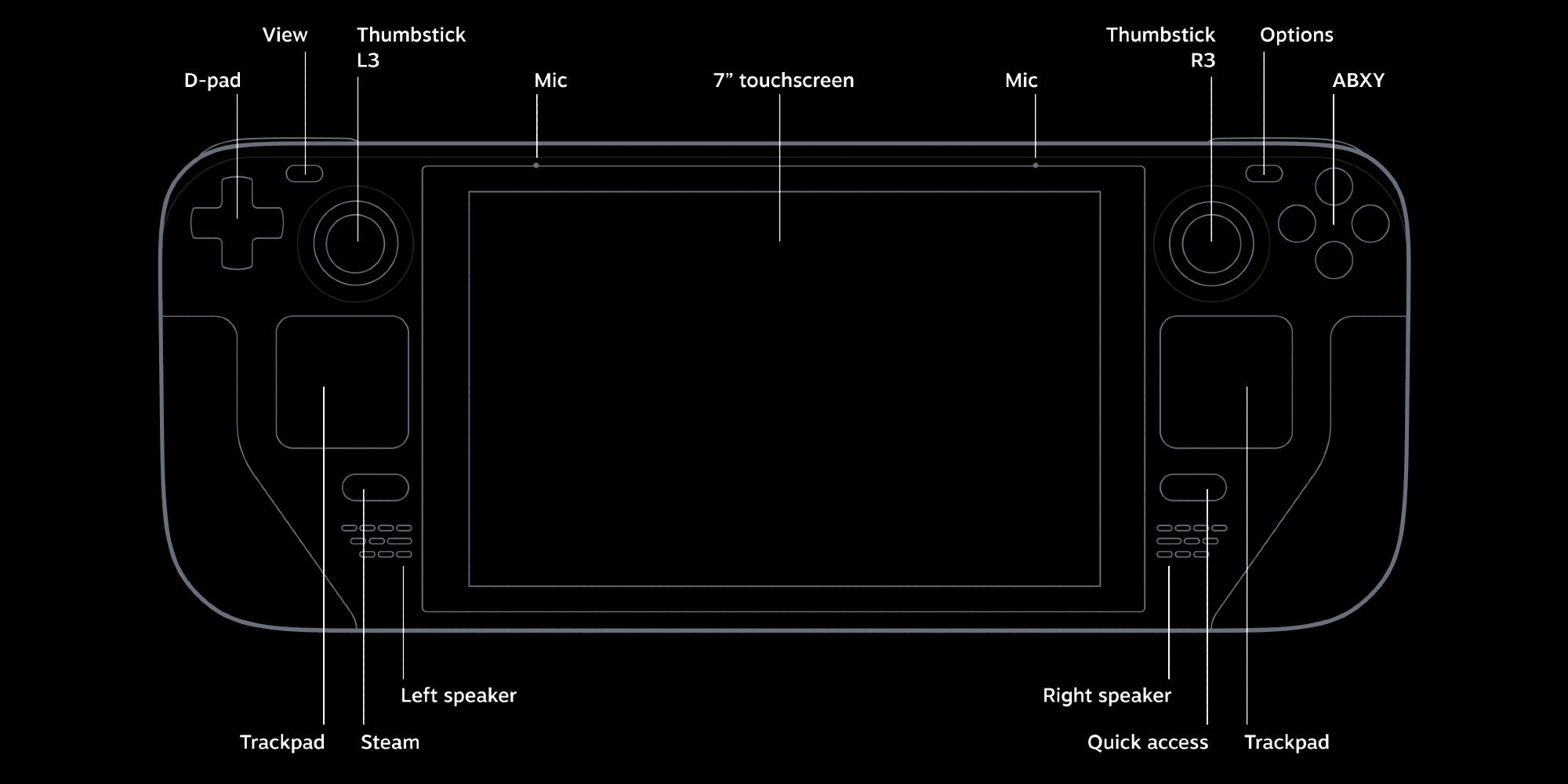
Regardless of what storage option buyers select, the gaming specs are identical for every Steam Deck. The device carries 16 GB of RAM, Zen 2 4c/8t 2.4-3.5GHz CPU, 8 RDNA 2 CUs, 1.0-1.6GHz GPU and an APU power of 4-15W. The trackpads have haptic feedback with 55 percent decreased latency from the Steam Controller. The screen resolution is 1280 x 800, seven inches diagonal length. The Steam Deck also boasts high connectivity capacity, equipped with Bluetooth 5.0 and dual-band WiFi at 2.4 and 5 GHz.
The Steam Deck comes equipped with a 40Whr battery, allowing between two and eight hours of battery life before needing a charge depending on how much power a game uses. It also supports several expansion options, including a microSD slot for SD, SDXC, and SDHC card support, and a USB-C port. The device itself is fairly large, measuring 298mm in height, 117mm in width, and 49mm in depth. It weighs 669 grams – about a pound and a half.
The dock comes equipped with one USB-A 3.1 port and two USB-A 2.0 ports, an ethernet port, and external display options for DisplayPort 1.4 and HDMI 2.0. It measures 117mm in width, 29mm height and 50.5mm depth, weighing approximately 120 grams.
Steam Deck Games
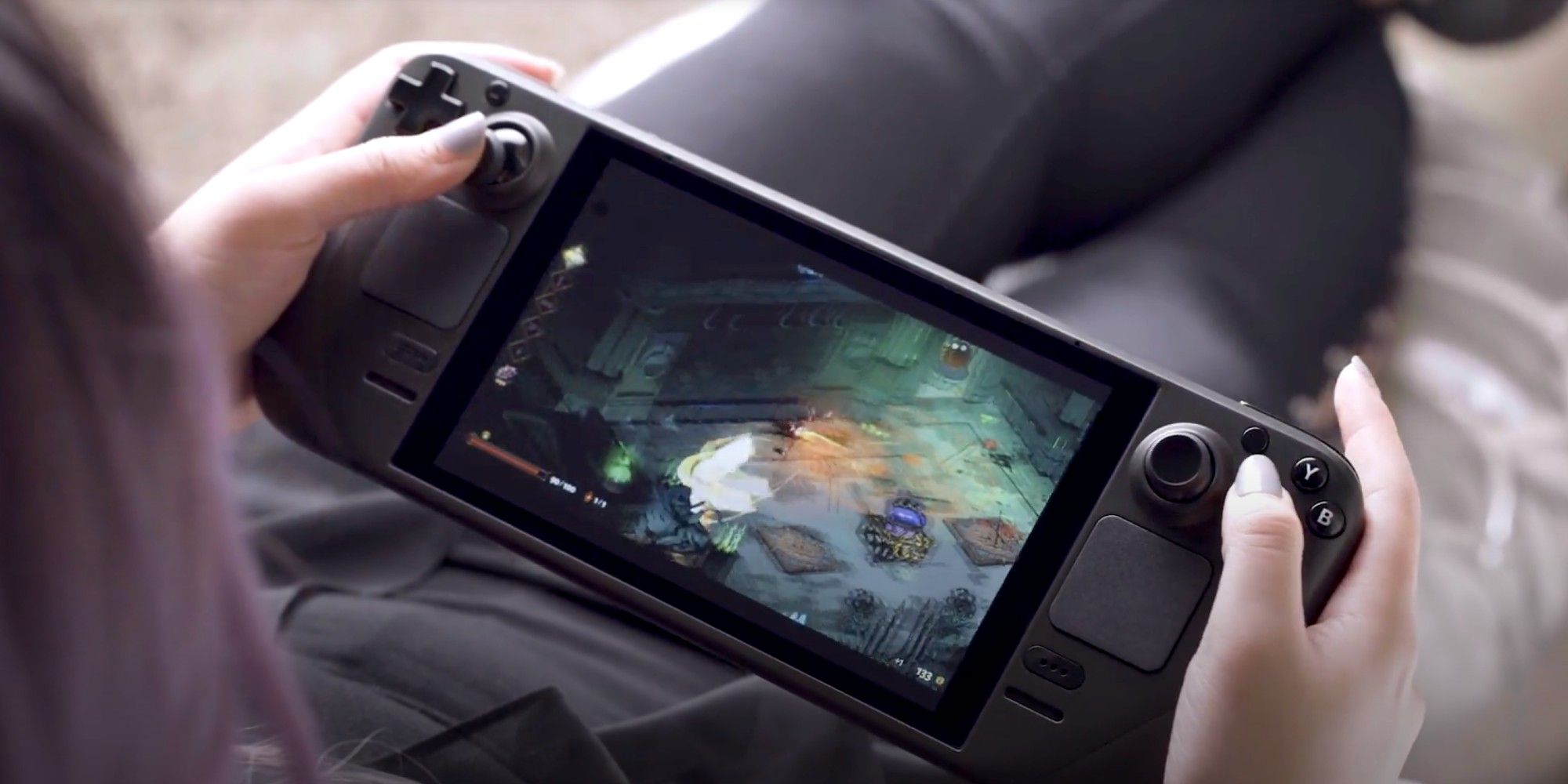
Every game hosted by Steam, whether a AAA title or indie game in early access will be available on Steam Deck. Games featured in the Steam Deck promotional materials include Hades, Dead Cells, Control, Doom Eternal, and a handful of others. Though Xbox Game Pass encompasses titles for Xbox consoles and PCs alike, it’s unclear at this time if subscribers will be able to port Game Pass titles to the Steam Deck.
The Steam Deck is also reportedly set up to be just as developer-friendly as its desktop predecessor. In addition to working to make Proton anti-cheat compatible, Valve is offering Steam Deck developer kits to allow game creators to fully optimize their titles to the new device. While the developer kits are not finished yet, Valve is offering Steam Deck tips regarding input, compatibility and performance. If everything works as Valve claims it will, Steam will continue to be an ideal home for new and small developers to test and launch their products.
Steam Deck Price
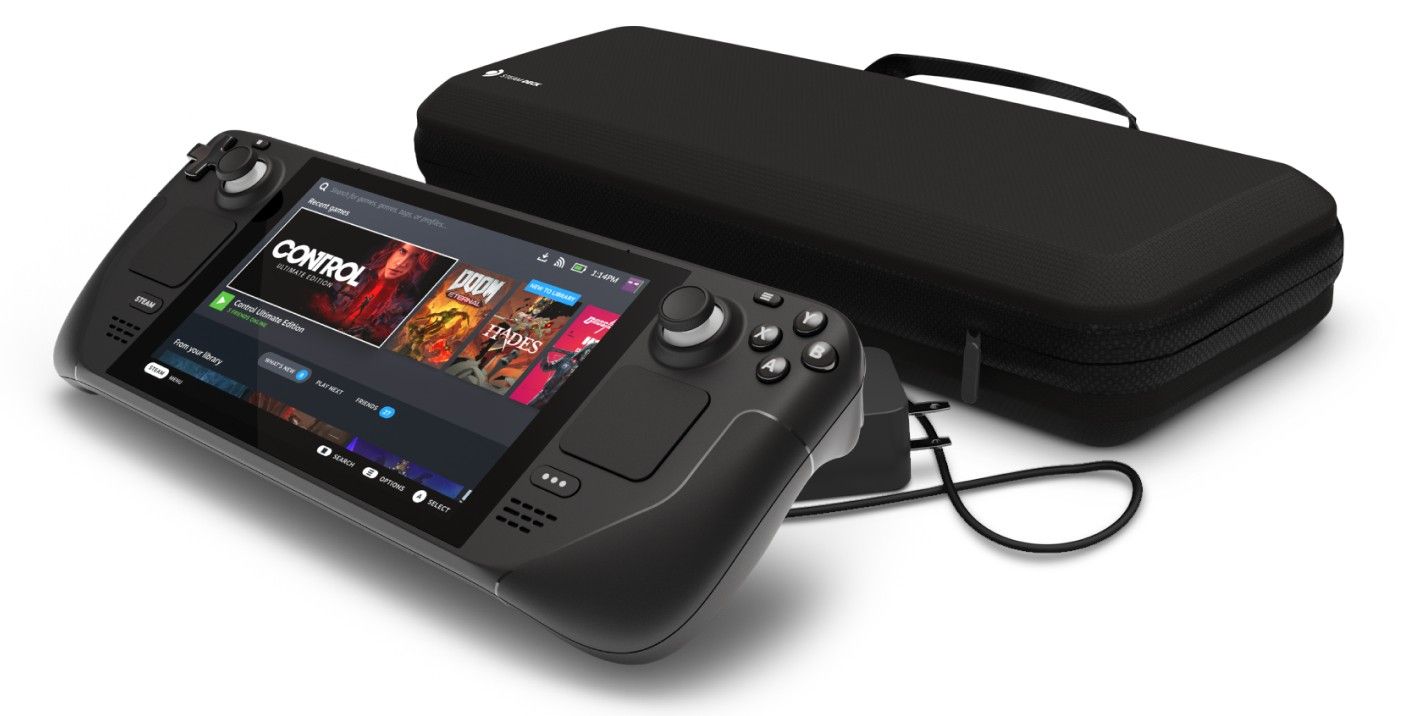
The cost of a Steam Deck is comparable to other gaming consoles, with three purchase options currently available. The cheapest option is $399, slightly more expensive than a Nintendo Switch, providing 64GB of storage and a carrying case for buyers. The next tier is $529, which ups the storage to 256BG with an NVMe SSD and adds an exclusive Steam community profile bundle. The most expensive bucket is on par with the cost of a next-gen Xbox or PlayStation. At $649, it boasts 512BG of internal storage via NVMe SSD, anti-glare glass, and a virtual keyboard theme, as well as the carrying case and profile bundle. As a gaming PC with comparable tech specs could cost upwards of $1,000 not including the monitor, the Steam Deck feels like a fairly good deal – if it follows through on all its promises.




